Josh Lewis - Aug 27, 2012 11:17 pm - Voted 10/10
Re: nonsenseDon't let em get you down Paulo. I usually don't read articles but had to look over this one. At the very least I appreciated the work you put into this article. :-)
as - Aug 28, 2012 6:38 am - Hasn't voted
Re: nonsensethere are about 400,000 estimated deaths/year in the US due to smoking, smokers are about 20% of the population, so the odds of dying associated with smoking is about 0.6%.
This is an integrated probability, it is obviously very different for each individual, depending on how much one smokes etc... So is the probability of dying by climbing m. Blanc, the 0.15% quoted is integrated over the full sample of climbers, the trained/prepared/fit climbers, the untrained the unfit and the totally naive ones, the probability is very different for each sub-sample. The comparison is an integrated, rough, order of magnitude comparison, it says that a common behavior (smoking, usually lasting years) is probably more dangerous than climbing m. Blanc (usually lasting 2-3 days), period, no other assumption or day by day comparison. It is an incomplete analysis because it is integrated, but is statistically correct (assuming the quoted numbers are correct).
P.S. The fact that climbing m. Blanc comes close to smoking in terms of mortality it is not so reassuring, smoking is a big killer, but by being in the trained/prepared/fit category we can reduce this a by a lot.
mvs - Aug 27, 2012 3:02 pm - Voted 10/10
hi ParofesIt's a good question, it's good to wonder about it, we all have. If I'd say anything slightly opposed to your point it wouldn't center on criticism of statistics, etc., I'd just say that 1) there are worse things than dying, like failure to live well, and 2) the steepness you talk about is actually part of what make the range so unique and amazing. Deadlier, true, but, again, see 1).
PAROFES - Aug 27, 2012 3:04 pm - Hasn't voted
Re: hi ParofesOh yes, you're right. Anyway, I wasn't talking about the fact mountains in the Alps are sharp as a negative observation, no, I admire all of them too! I also think they're unique.
:^)
Cheers
Parofes
mvs - Aug 27, 2012 4:47 pm - Voted 10/10
Re: hi ParofesI just finished an amazing climb of the Diable Ridge on Mont Blanc du Tacul, and another with unplanned bivouac on the Aiguille Verte, so I'm just in love with the Mont Blanc Range. Anyway, we saw 8 people on the first trip (weekend too!) and no people on the second. Really surprising in August, and certainly different from the crowds on the Mont Blanc standard route(s).
ferdinandverboom - Sep 2, 2012 11:24 am - Hasn't voted
unpredictable alpsYou have a point in saying that the alps are pretty dangerous compared to other ranges. I've only been in the andes and u.s. rocky mountains. These ranges are indeed much easier (when you're not in Huaraz) because of less steepness, less glaciars and more predictable weather. Unfortunately I live in Europe, allthough the alps are very pretty, there is less to climb for me than on the other end of the ocean. I stick to F and PD mountains because of my skills and there are not so many of them in the alps. I hope to climb Mt. Blanc once, but I'll take a guide for that occasion, though I don't like guided climbs. It is good to point out the dangers of mountaineering sometimes, I hope people, including myself, will mind their step...
PAROFES - Sep 3, 2012 6:01 am - Hasn't voted
Re: unpredictable alps"Unfortunately I live in Europe"
Come on man! You live in a paradise place for mountaineering! hehehe
You have hundreds of mountains to climb!
Remember, it's not about how high it is, it's about how beautiful they are!
Thanks for the comment.
Cheers
Paulo
LoneRanger - Sep 3, 2012 11:36 pm - Voted 10/10
Very interesting!Some very interesting perspectives there, thanks for sharing!
And yeah, I too am jealous of people who live in Europe :)
PAROFES - Sep 4, 2012 6:03 am - Hasn't voted
Re: Very interesting!Thanks Ranger!
Well, it s a good envy isn't t? hehehe
Cheers!
Parofes
NW - Sep 5, 2012 7:40 pm - Voted 10/10
InterestingI have never been to the Alps and didn't know how easy it was to get access to Mount Blanc. That's interesting! You practically have to jump through more hoops over here to climb an itty bitty hillside (in comparison) lol. The Alps certainly are legendary, even people who don't climb have heard of many of the beautys there. If only I owned a plane...or a better paying job..alas I am a poor climber, guess I'll have to start a penny jar. Maybe Canadian currency will take a jump! ;p
PAROFES - Sep 6, 2012 5:50 am - Hasn't voted
Re: InterestingWell I am a poor climber myself hehehe
Man it took me six months just to pay for the plane ticket ahahahaha...
Good luck on the jar, if I could, I d pitch in hehehe
Buckaroo - Sep 6, 2012 2:54 pm - Hasn't voted
Statistics30 deaths per 20,000 climbers. That's 1 in 666. There's your problem. It's the mark of the beast :>)
I'm assuming the 20,000 number is attempts not summits?
In order for this article to be more relevant you have to compare the attempts-to-deaths ratio to other mountains. I think this would be the most relevant statistic.
Here is a supposed list of the 10 most dangerous mountains. Annapurna comes in first with a 41% ratio summits-to-deaths. But I question this article as it lists the Matterhorn ahead of Everest. With Everest having a 9% summits-to-deaths ratio. If the Matterhorn had that ratio it would be closed down to climbing.
http://gearjunkie.com/worlds-10-most-dangerous-mountains
I think the high rate of Mt Blanc deaths can be at least partly attributed to climbers with not enough experience, after all it has walk up routes. I don't see why someone with experience could not climb it safely, especially with the advances in modern avalanche forecast prediction.
Scott - Sep 6, 2012 5:08 pm - Hasn't voted
Re: StatisticsAnnapurna comes in first with a 41% ratio summits-to-deaths.
Not so. Unless more successful climbs happened this year, the ratio for Gongga Shan is 83.3% and the mountain does have a long history, but few successful climbs. Some mountains have infinity % since deaths have occurred, but no successful summits.
That Gearjunkie article is pretty bogus.
Good points made on your post though. Mountains such as Mt Blanc, Aconcagua, Elbrus etc, do attract a lot of inexperienced climbers which drives up the number of deaths higher than it would otherwise be.
Jukka Ahonen - Sep 14, 2012 7:12 am - Voted 7/10
Re: StatisticsI think it is also important not to fool yourself with a catch built into that logic. Even if you are yourself very skilled, you can still be killed by the inexperience of others on the popular mountains. Unfortunately, personal skill may not protect you from the lack of others...
as - Sep 14, 2012 10:51 am - Hasn't voted
Re: Statisticsthe ratio closer to a probability is deaths/attempts not deaths/summits, you can die without reaching the top (one should actually take into account the time spent on the mountain...) and how do you know the number of attempts or summits ? even the lady that does this calculation for Everest does deaths/summits because she probably does not know the number of attempts. Also the numerator is not easy, to improve the information on this article I asked the PGHM in Chamonix for the number of accidents in recent years on M. Blanc and they refused to release the data. The information on this article comes form a www article, if you google "mont blanc statistics", you will find the source. M. Blanc is not deadly, there are just a huge number of people attempting it every year, times a "small" probability can be a large number of deaths.
GEM Trail - Sep 16, 2012 3:08 pm - Hasn't voted
Great articleVery well done and very interesting subject. You asked a question and answered it thoroughly. Regarding the "deadliest mountain", one can define that however they like, but, to me, if it kills the most people it is the deadliest mountain. If one person attempts some remote peak and dies and no one else climbs it, it may have a fatality rate of 100%. But only one person has died there. Years ago I started a thread asking what was the most deadly mountain on Earth and the answer was clear: Mount Blanc. Thanks for explaining why!
Here's a magazine article on the same topic: http://www.theatlantic.com/international/archive/2012/07/why-is-mont-blanc-one-of-the-worlds-deadliest-mountains/260143/
PAROFES - Sep 17, 2012 8:43 am - Hasn't voted
Re: Great articleThanks a lot. Glad you like it. I'll read the article later today!
Cheers
Paulo
Cecilrhodes - Sep 17, 2012 3:28 am - Hasn't voted
'Brigadao!Excellent article, neat and concise. Muito bem! Gostei muito.
PAROFES - Sep 17, 2012 8:44 am - Hasn't voted
Re: 'Brigadao!De nada! Obrigado pela leitura! :)
shanspan - Sep 20, 2012 7:13 am - Voted 10/10
great postThanks for this post man, I loved reading it.
People like AS are just sad bitter losers trying to make themselves feel goo ;)


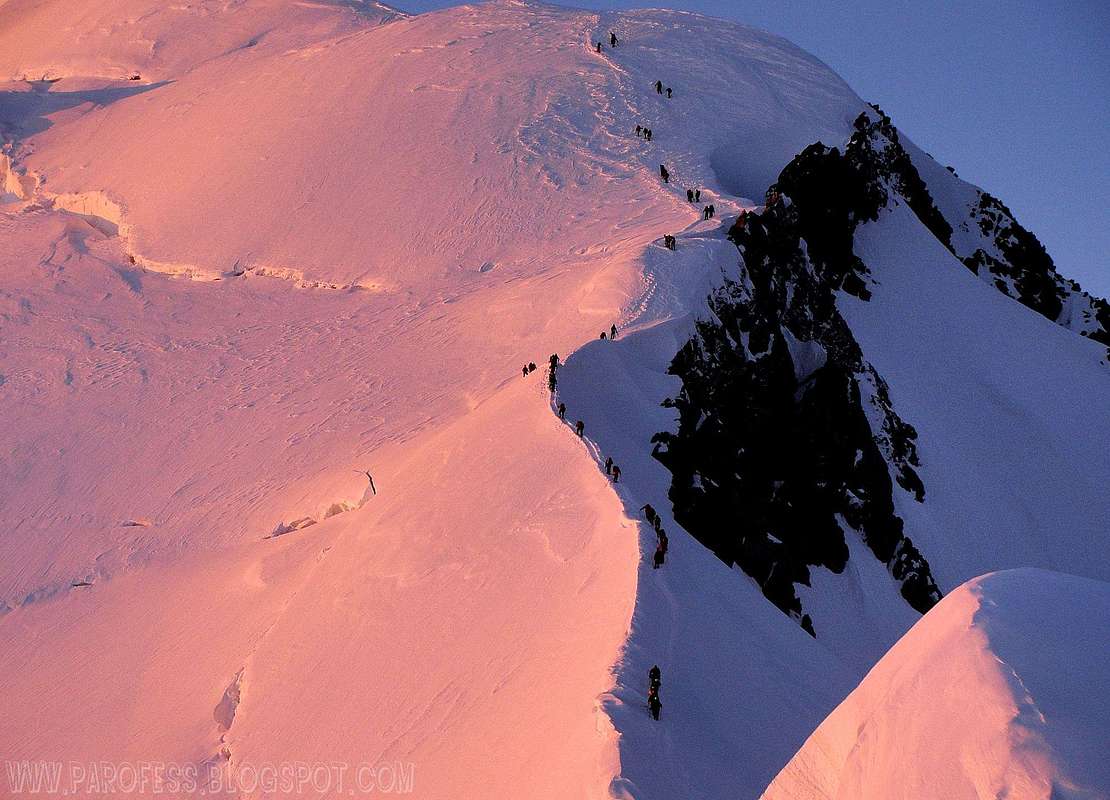
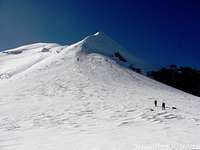

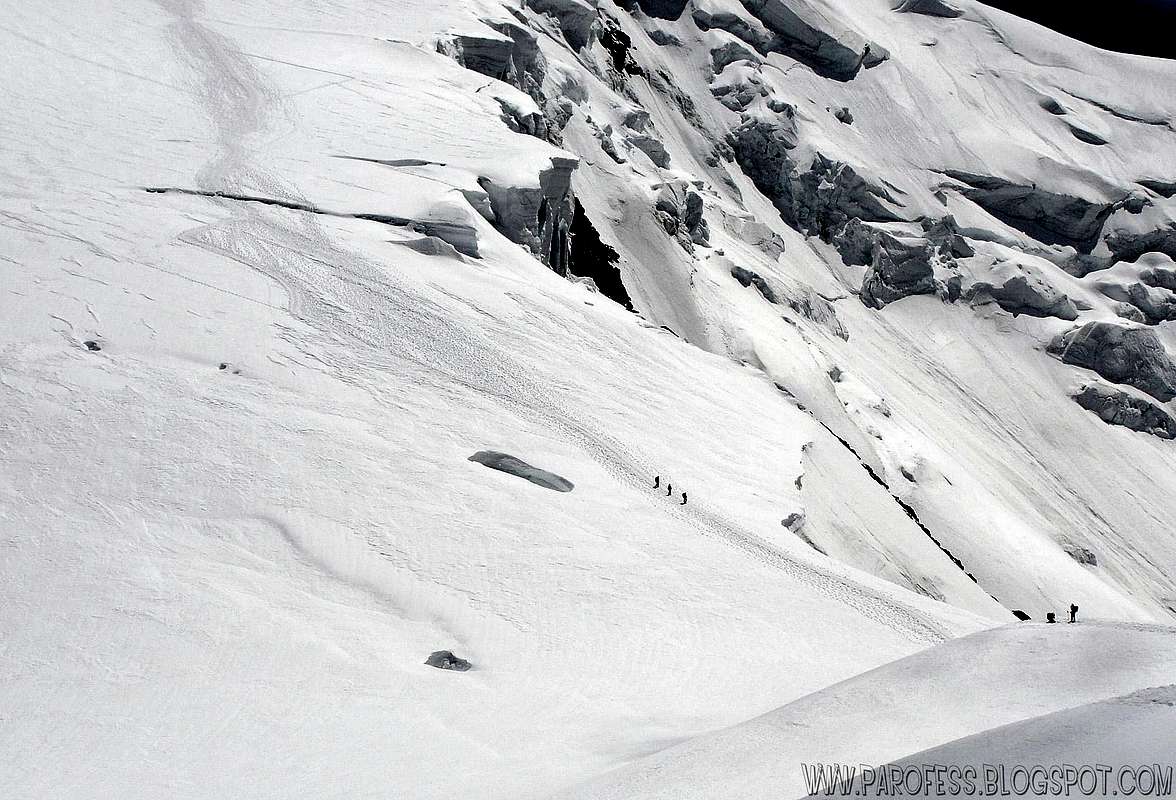
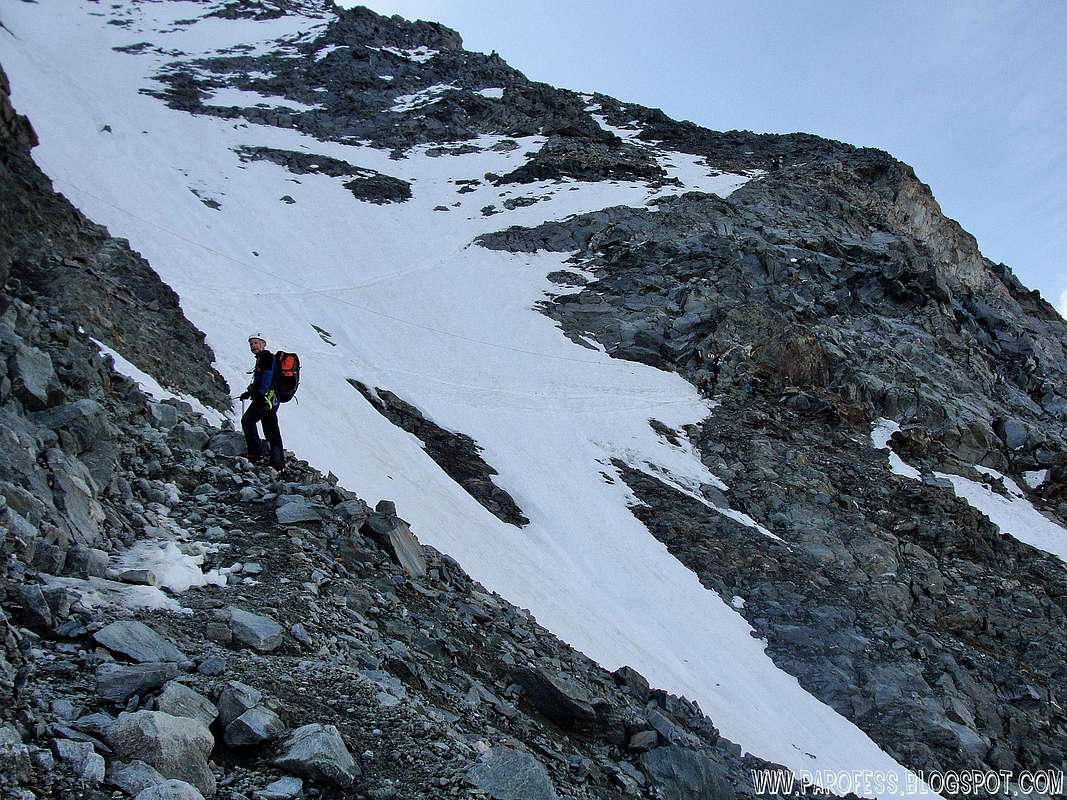
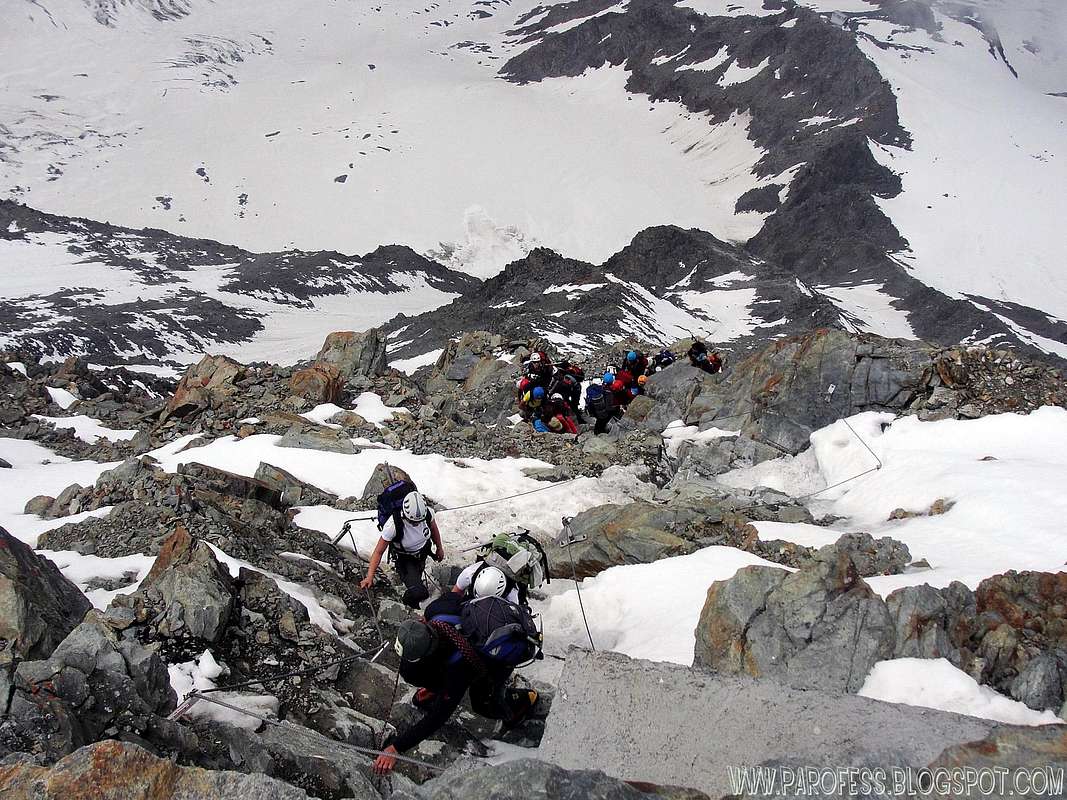













Comments
Post a Comment